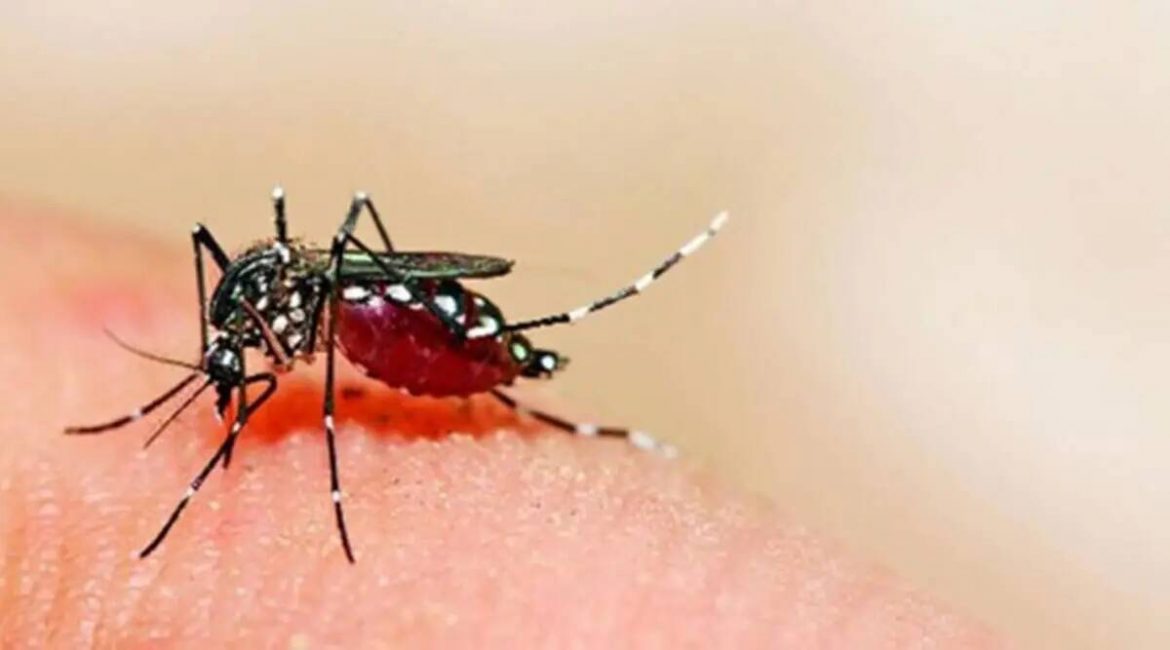The female mosquito will bite everyone, albeit some of us get much more bites than others. Our skin may hold the key to figuring out why.
This is why Vosshall and a former postdoc in her lab, Maria Elena De Obaldia, chose to study the top theory to explain for variances in mosquito attraction: personal odour variations connected to skin microbiota. According to a new study, the strong aroma created by skin-emanating fatty acids may be what repels mosquitoes. Cell published its findings.
“There’s a very, very significant link between having a lot of these fatty acids on your skin and being a mosquito magnet,” says Robin Chemers Neustein Professor at The Rockefeller University and Chief Scientific Officer of the Howard Hughes Medical Institute, Vosshall.
For the length of the three-year study, eight people were required to wear nylon stockings over their forearms for six hours every day. This procedure was repeated multiple times. Over the next several years, the nylons were put against one another in every imaginable pairing in a round-robin type “tournament.”
De Obaldia devised a two-choice olfactometer test for them, consisting of a plexiglass chamber divided between two tubes, each ending in a box containing a stocking. They placed Aedes Aegypti mosquitos in the main room, which are the primary vectors of Zika, dengue, yellow fever, and chikungunya. They stood there watching as the insects flew down the tubes, one nylon after the other.
Subject 33 was by far the most appealing target for Aedes aegypti, attracting mosquitos 100 times more than the least appealing research participant, Subject 19, and four times more than the next most appealing subject.
Because the trial samples were de-identified, the researchers had no means of knowing which participant wore which nylon. However, in any research including Subject 33, they would notice that something was wrong because flies would swarm to that sample. According to De Obaldia, it will become obvious immediately after the test begins. This is the type of material that genuinely interests me as a scientist. This is a real incident. This is not a nitpicking situation. It has a substantial influence.
The patients were separated into high and low attractor groups, and the researchers then asked what made each group distinct. Chemical analysis techniques were used to identify 50 molecular components that were more abundant in the sebum (a moisturising barrier on the skin) of the most attractive people.
This led them to the conclusion that mosquito magnets produced significantly more carboxylic acids than the less attractive people. Bacteria on our skin produce our particular human body odour utilising chemicals present in sebum.
To confirm their findings, Vosshall’s team recruited an additional 56 people for a validation study. Subject 33 remained the most captivating subject throughout history.
“Some participants were in the research for several years, and we discovered that if they were a mosquito magnet, they stayed a mosquito magnet,” De Obaldia explains. “Many aspects about the subject or their behaviours may have altered over time, yet this was a highly stable feature of the person.”
Mosquitoes have two separate sets of olfactory receptors called Orco and IR receptors, which they employ to identify two types of human odours.
The researchers created mutants lacking one or both of the receptors to see whether they might create mosquitos that couldn’t sense humans.
While IR mutants lost their attraction to us to variable degrees but retained the ability to detect us, Orco mutants remained attracted to people and were able to differentiate between mosquito magnets and low attractors.
These discoveries were unexpected by the investigators. “The goal was to generate a mosquito that was no longer attracted to people, or a mosquito that was attracted to everyone but couldn’t tell the difference between Subject 19 and Subject 33.” That would be excellent, according to Vosshall, since it would spur the development of more effective pesticides. “However, we didn’t actually observe that.” It irritated me.”
These findings support one of Vosshall’s previous investigations, which was also published in Cell and highlighted the redundancy of Aedes aegypti’s extraordinarily sophisticated olfactory system. The female mosquito depends on it to survive and reproduce. She can’t do either without blood. That’s why, according to Vosshall, “she has a backup plan and a backup plan and a backup plan and is sensitive to these variances in the skin chemistry of the people she goes after.”
Because of the mosquito smell tracker’s seeming indestructibility, it’s difficult to conceive a future where people aren’t the primary entrée. Changing the microbiomes on our skin, on the other hand, is one approach.
Applying sebum and skin bacteria from a low-appeal person’s skin, such as Subject 19, to the skin of a high-appeal person, such as Subject 33, is likely to have the effect of concealing mosquitoes.
“We haven’t done that experiment,” says Vosshall. “That is a difficult experiment. But, if that were to succeed, you might envision that by using a nutritional or microbiome intervention in which bacteria on the skin are able to modify how they interact with sebum, you could transform someone like Subject 33 into Subject 19. But this is all theoretical.”
Given the mosquito scent tracker’s seeming impenetrability, it’s difficult to envisage a future where humans aren’t the most popular meal on the menu.
Changing our skin’s microflora is one option. It is possible to create a mosquito-masking effect by transferring sebum and skin bacteria from a low-appeal person’s skin, such as Subject 19, to the skin of a high-appeal person, such as Subject 33.

